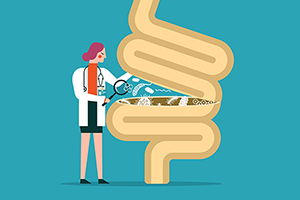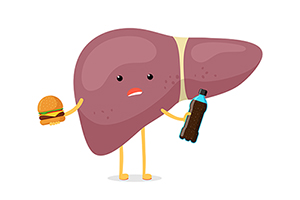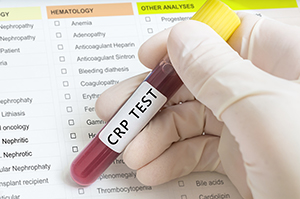



| Podcast | ||
|---|---|---|
 |
ENCORE: Frozen Shoulder, Part 1 | Share:  |
 |
ENCORE: Frozen Shoulder, Part 2 | Share:  |
 |
ENCORE: A Holistic Approach to Pain, Part 1 | Share:  |
 |
ENCORE: A Holistic Approach to Pain, Part 2 | Share:  |
Though we think of declining estrogen as the hallmark of menopause, it's actually common for…

Up to 12 percent of Americans have ulcers at some point in life. Peptic ulcers…
Gallbladder disease is a modern illness. An estimated 20 million Americans have gallbladder disease. The…

There’s more to GI health than whether or not to take an acid-blocker. All too…

In the latest attempt to remove “stigma” from medical terminology, liver specialists have come up…

Q: My husband’s high sensitivity C-reactive protein (hs-CRP) is 1.62 and his homocysteine is 13.1. If…

Banish the Bloat: Leyla Weighs In with Tips and Insights

Our virtual voicemail is open 24/7, so there's no need to wait to submit your questions for Dr. Hoffman. Leave a message, and you may hear your question featured on the Intelligent Medicine radio program!